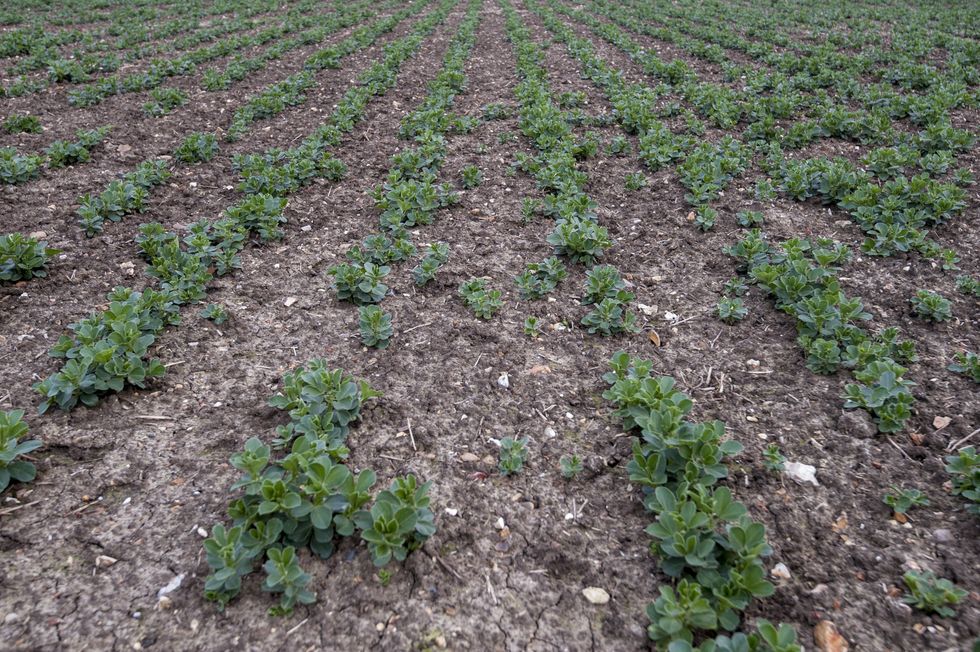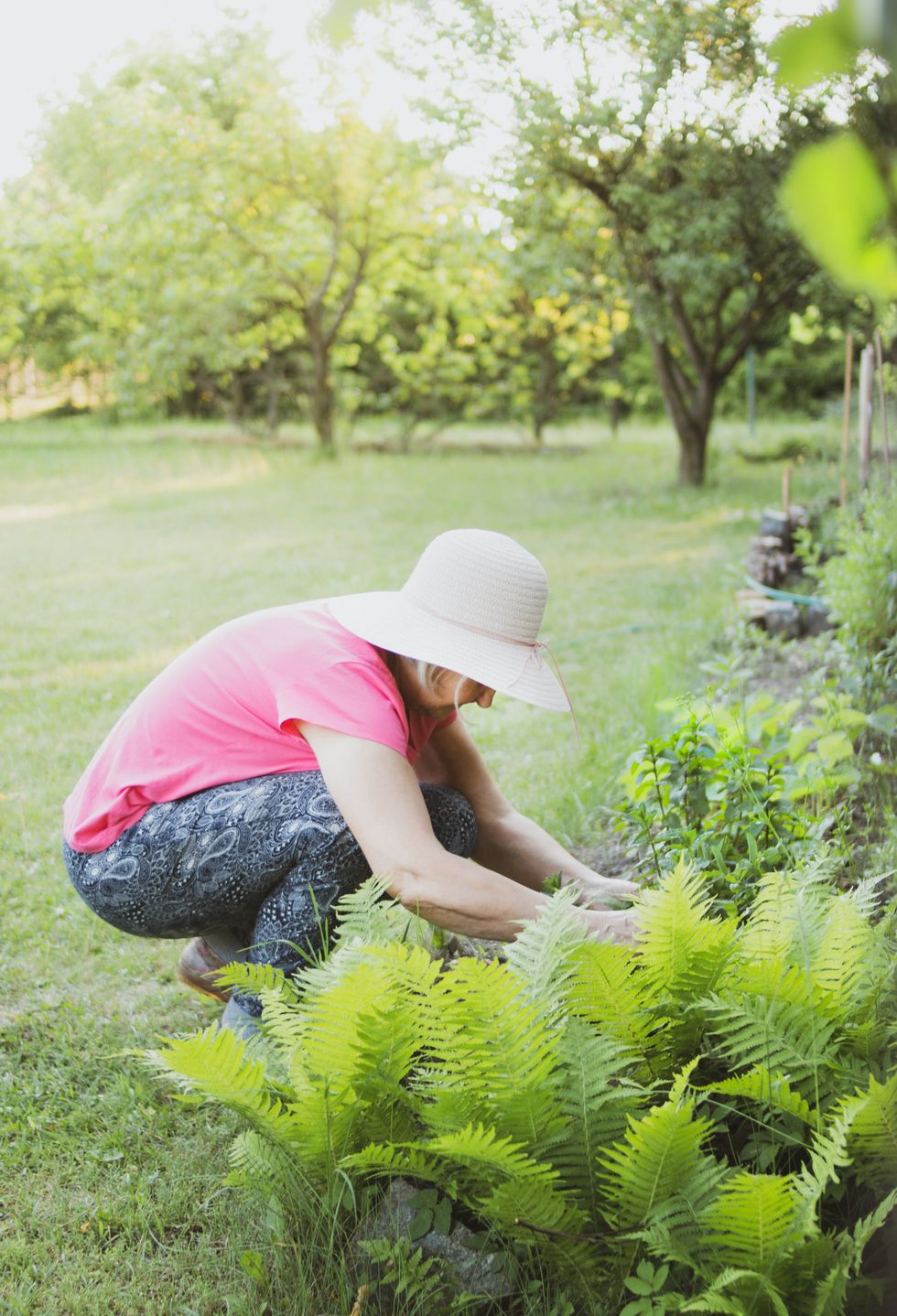Gardening enthusiasts can begin planting certain vegetables despite the February chill.
A gardening expert recommended three specific crops ideal for early sowing that will thrive at this time of year and give harvest as early as spring or summer.
“These hardy crops can withstand cooler temperatures, making them ideal for early sowing,” John Collins, nursery manager at Somerset-based Ashridge, explained.
“Getting them in the ground now gives you an earlier harvest and helps spread out the workload in the garden.”
The robust nature of broad beans, early peas and spinach means they can thrive despite cooler temperatures, providing gardeners with a head start on their vegetable patches.

Broad beans grow well at this time of year
PA
Broad beans
Broad beans top John’s list of February-friendly vegetables due to their ability to thrive in cooler conditions. Sowing these national favourites now can lead to harvests by late spring or early summer.
The expert recommended soaking the seeds overnight to encourage germination. Plant them in a sunny spot with well-drained soil, spacing them about 20cm apart.
Leave 60cm between each double row to ensure proper air circulation and easy access. The expert said: “As the plants grow, staking or installing nets can provide them with extra support and prevent them from toppling over.”
He suggested pinching out the tips when plants reach about one metre in height. This technique encourages bushier growth and helps deter pests like aphids.
With minimal effort, broad beans can provide an early and satisfying crop for eager gardeners.
Early peas
Early peas are the expert’s second recommendation for February planting, particularly varieties like ‘Kelvedon Wonder’ or ‘Meteor’. These varieties are well-suited to cooler temperatures.
Planting now means enjoying sweet peas by late spring, bringing early summer flavours to your dishes. Unlike broad beans, early peas require a sheltered site.
They need less space and can be sown 5cm apart, with rows spaced at 60cm intervals, the expert said. Support structures like sticks or netting help them climb and develop properly.
John added: “A great way to ensure your early peas survive and develop is to plant them indoors in biodegradable pots and transplant them later once they’ve grown.”
This indoor starting method significantly reduces damage from pests such as mice and birds.
Spinach
Spinach completes the February planting trio, offering gardeners an early harvest of nutritious greens.
LATEST DEVELOPMENTS

Planting now will get you an earlier harvest
PEXELS
Hardier varieties such as ‘Perpetual Spinach’ can withstand lower temperatures. This allows for fresh greens in early spring when other vegetables are still developing.
John suggested selecting a sunny or partially shaded area with rich, moisture-retentive soil. Plant seeds 30cm apart to give them sufficient room to mature.
Container growing is another option, particularly useful for gardeners with limited space. Regular watering is essential to prevent bolting.
Applying mulch helps retain soil moisture during the variable February weather. With proper care, it can become one of the first fresh harvests from your garden this year.